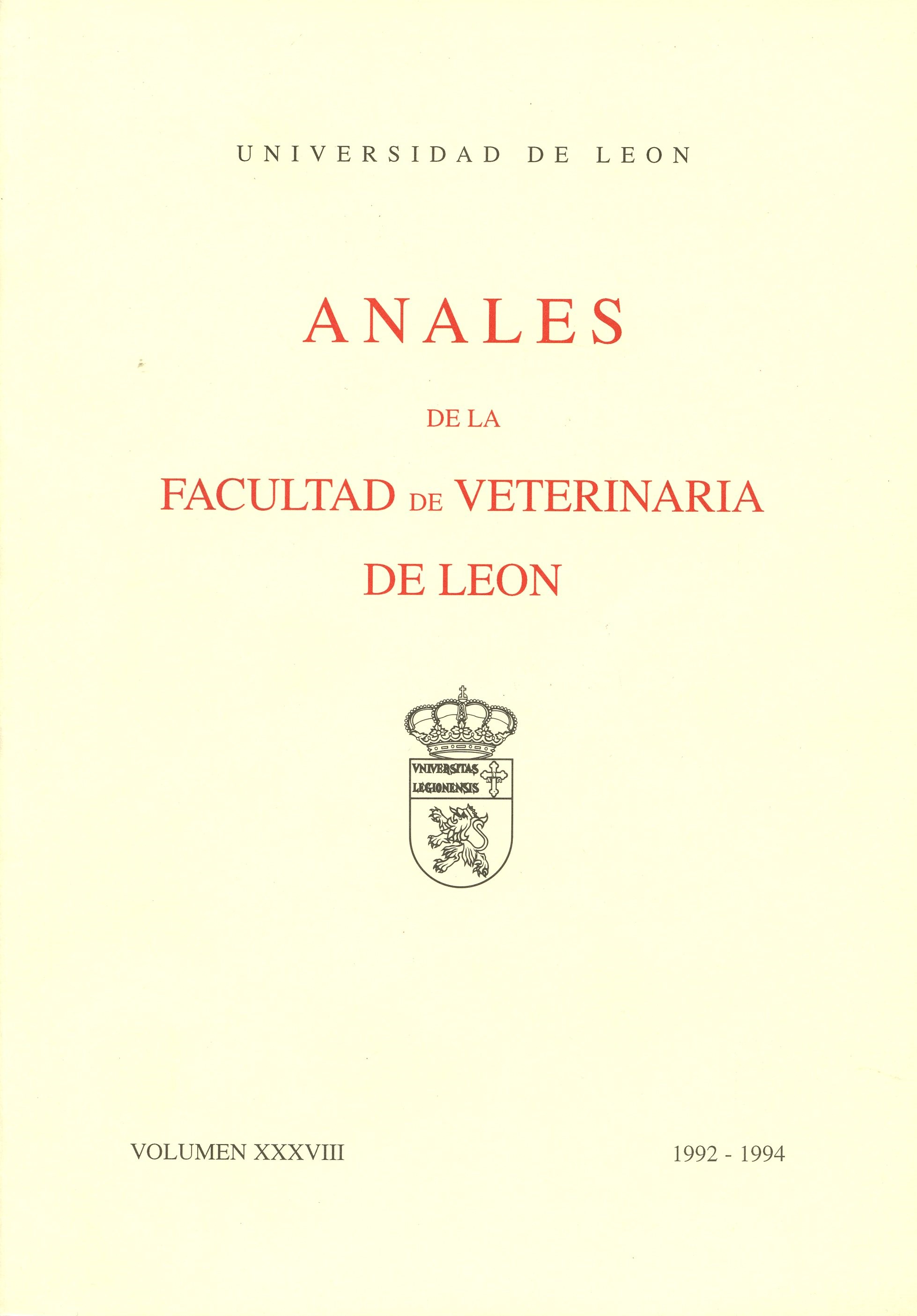Murine model usefulness for Actinobacillus pleuropneumoniae Virulence sudies
DOI:
https://doi.org/10.18002/analesdeveterinaria.v38.7860Keywords:
Actinobacillus pleuropneumoniae, DL50, murine model, LDso, virulence, ironAbstract
The usefulness of murine model for Actinobacillus pleuropneumoniae virulence studies was established by means of reference strains and field isolates LD5o determinations. One log differences allowed us to cluster strains in two groups. High virulence strains were those belonging to serotypes 1, 5, 9, 10, and 11, which produce ApxI hemolysin. The second group displayed a lower mortality and included strains of serotypes 2, 3, 4, 6, 7, and 8, which do not express ApxI. The major role of ApxI in A. pleuropneumoniae pathogenicity for mice was evidenced by these results. This animal model allowed us to establish differences between full-virulent strains and non-hemolytic mutants. Nevertheless, mice are unable to reproduce A. pleuropneumoniae natural infection and they seem to be only a good model for acute disease. Iron pool modification by iron dextran and Desferin° inoculation did not significantly improve the murine infection.
Downloads
Downloads
Published
Issue
Section
License
Copyright (c) 1994 José Ignacio Rodríguez Barbosa, César B. Gutiérrez Martín, Elías Fernando Rodríguez Ferri, José Antonio Vázquez Boland, R.I. Tascón Cabrero

This work is licensed under a Creative Commons Attribution-NonCommercial-ShareAlike 4.0 International License.
Los autores que publican en esta revista están de acuerdo con los siguientes términos:
- Los autores ceden de forma no exclusiva los derechos de explotación (reproducción, distribución, comunicación pública, transformación) a la Universidad de León, por lo que pueden establecer, por separado, acuerdos adicionales para la distribución no exclusiva de la versión de la obra publicada en la revista (por ejemplo, alojarlo en un repositorio institucional o publicarlo en un libro), con un reconocimiento de su publicación inicial en esta revista.
- Este trabajo se encuentra bajo la Creative Commons Attribution-NonCommercial-ShareAlike 4.0 International License. Puede consultarse desde aquí la versión informativa y el texto legal de la licencia.
- Se permite y se anima a los autores a difundir electrónicamente las versiones pre-print (versión antes de ser evaluada) y/o post-print (versión evaluada y aceptada para su publicación) de sus obras antes de su publicación, ya que favorece su circulación y difusión más temprana y con ello un posible aumento en su citación y alcance entre la comunidad académica.







